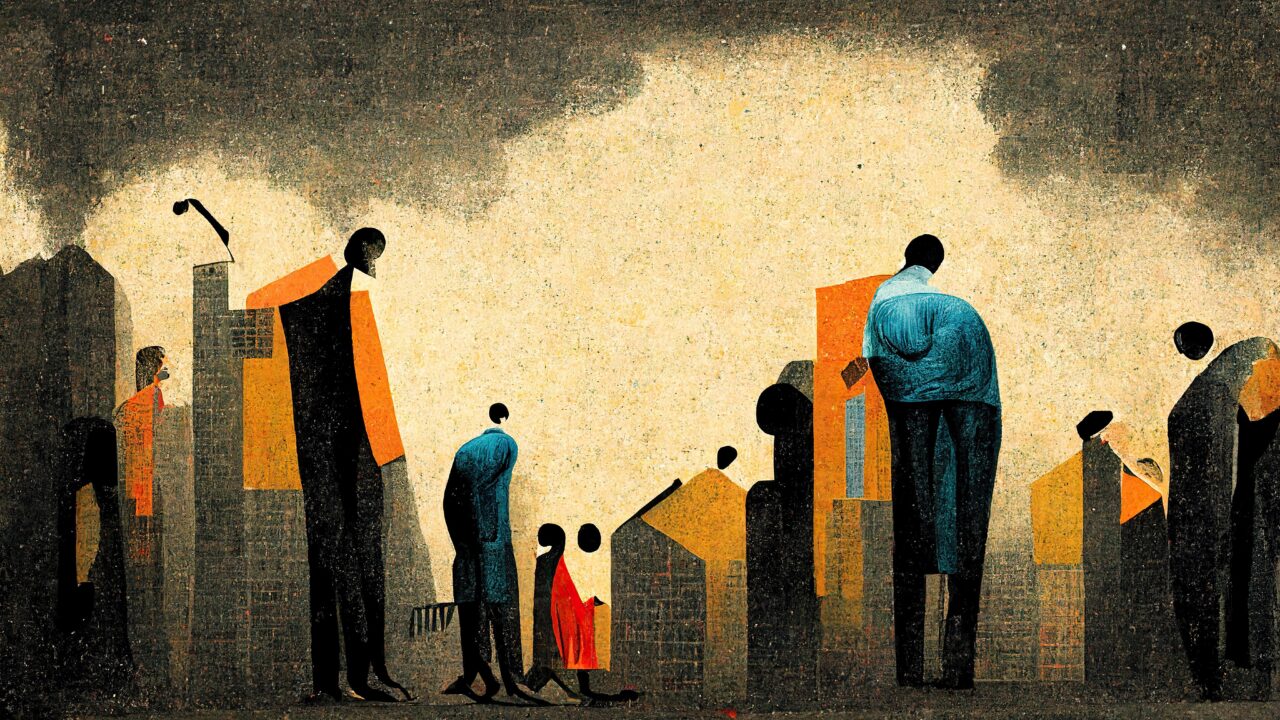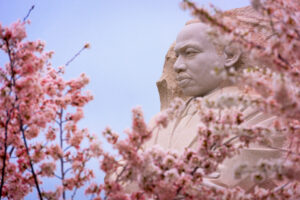Despite Feeling the Pinch, Richest 10% Still Detached From Reality
High earners need to come around to the idea that they would benefit from progressive taxes and other policies to create an economy that works for everyone. Image: Adobe
Image: Adobe
Media attention is often focused on the power the very richest 1% have in politics and society. But, the mindset and motivations of a much larger group just beneath them is often overlooked. The top 10% of income earners – managers and professionals in the media, business, politics, and academia – wield significant influence in their work, the public conversation, and politics. They are also the ones who design, regulate, and operate many of the institutions behind our economic, social, and political systems.
With this influence in mind, one stark finding from a two-year study we worked on into the attitudes of high earners in four European countries is that many high earners are detached from politics and nostalgic for a center ground that, in their minds, held sway before the populist waves of the 2010s. Also, very few have any idea where they fit in the income distribution, tending to think they are “normal.” They are surprised to be told they are richer than 90% of the population.
Because the richest 10% spend little if any time interacting with people from different income groups, they rarely understand the economic realities of the majority of the population.
In our new book, Uncomfortably off: Why the top 10% of earners should care about inequality (Policy Press, 2023), we argue that because those in this tier spend little if any time interacting with people from different income groups, high earners rarely understand the economic realities of the majority of the population. This makes it much easier to sustain their belief in meritocratic explanations of social mobility, a cultural logic based on deserving a lot in life as the reward for effort and talent – and it justifies their own position and aspiration to move up the ladder.
High earners don’t feel rich, partly because, as Rachel Sherman puts it, many of them are “upward oriented” – their frame of reference is those right above them. And yet the distance between most in the top 10% and the very top of the 1% is only growing. In the UK, even those in the top 5% have average incomes that are further away from those in the top 1% than from the median earner. The typical top 5% earner makes about 81,000 pounds per year, 100,000 less than someone in the top 1% and just 51,000 more than the median.
High earners know that work is paying less and less. Even before Brexit, the pandemic and the cost of living crisis, 12% of high earners declared it was hard to make ends meet.
Many high earners in the United States are likely to be facing similar issues. They would probably be surprised to know how their incomes compared to others. If you earned $120,000 a year in 2022, you were part of the top 10% of earners. That means that many doctors, dentists, lawyers, architects, chief financial officers, product managers, etc., all fall within this decile. Yet, the cost of living for an upper middle-class life in the United States – whether paying for housing, groceries, car payments, college debt – often makes people who earn that much still feel financially strapped. As NBC reported recently, U.S. high earners are indeed feeling the pinch: a December 2022 survey of 4,000 Americans found that 16 percent of those earning over $100,000 had difficulty in paying their monthly bills.
Even though the high earners we spoke to knew that the meritocratic link between reward for hard work and status is weakening and were anxious about downward mobility, they still felt they would be able to continue using strategies such as opportunity hoarding to protect themselves, their kids, and their standard of living. They underestimated their reliance on public services over their life-course, thinking that they were independent from them and fairly different from those who use them. As such, they don’t feel the need to pay attention to the impact equality will have on them and their children’s ability to lead comfortable lives. Politics is still viewed as happening to others.
High earners face two options: either stockpile every possible advantage for themselves and their children or contribute to a common safety net that benefits everyone.
Because the richest 10% spend little if any time interacting with people from different income groups, they rarely understand the economic realities of the majority of the population. This makes it much easier to sustain their belief in meritocratic explanations of social mobility — and it justifies their own position and aspiration to move up the ladder.
High earners face two options: either stockpile every possible advantage for themselves and their children or contribute to a common safety net that benefits everyone.
The first strategy will not be effective in the long term because they – and particularly their children – will not be able to isolate themselves from mounting inequality.
The second strategy would require the top 10% to accept the idea that they would benefit from more progressive taxation and other policies designed to create an economy that works for everybody. The reality they face is that the standard of living with which they have become accustomed is moving beyond their reach, as it has been for the rest of us.
For their own good – and for the good of society — high earners need to become a little less enamoured of the political status quo and begin questioning “business as usual.”
Your support matters…Independent journalism is under threat and overshadowed by heavily funded mainstream media.
You can help level the playing field. Become a member.
Your tax-deductible contribution keeps us digging beneath the headlines to give you thought-provoking, investigative reporting and analysis that unearths what's really happening- without compromise.
Give today to support our courageous, independent journalists.






You need to be a supporter to comment.
There are currently no responses to this article.
Be the first to respond.